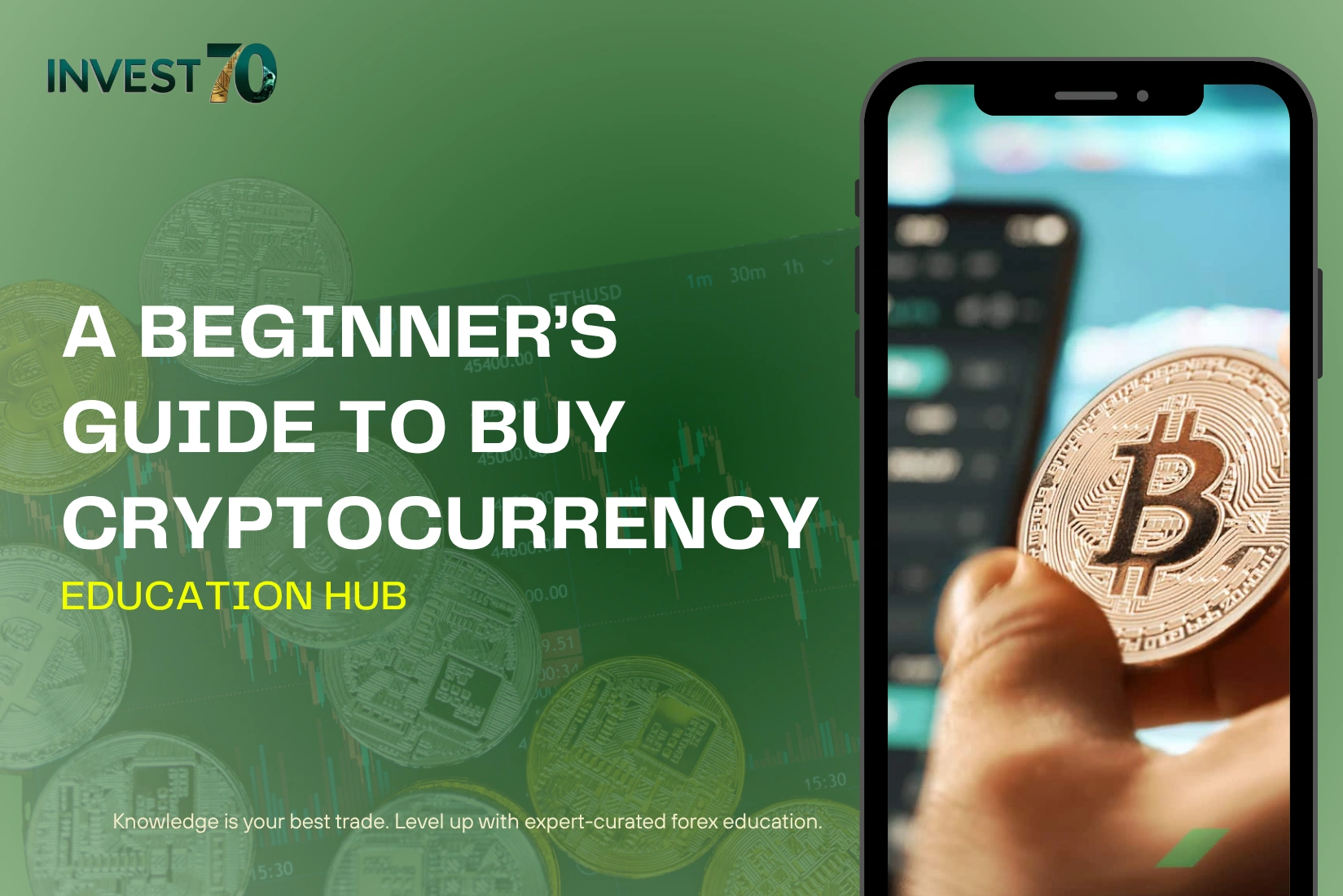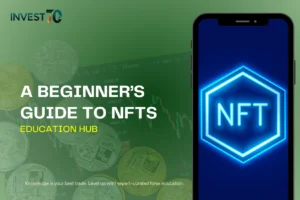A Beginner’s Roadmap to Buying Cryptocurrency Safely in 2025
A Beginner’s Roadmap to Buying Cryptocurrency Safely in 2025
The cryptocurrency landscape has evolved dramatically in recent years. From a speculative asset class to a growing component of the global financial system, digital currencies are no longer the fringe interest they once were. However, for newcomers in 2025, one challenge remains constant: how to buy cryptocurrency safely.
This guide provides a step-by-step roadmap tailored for those entering the market for the first time, with a focus on trustworthy platforms, verified methods, and secure storage.
Why Security Matters More Than Ever to Buy Cryptocurrency Safely
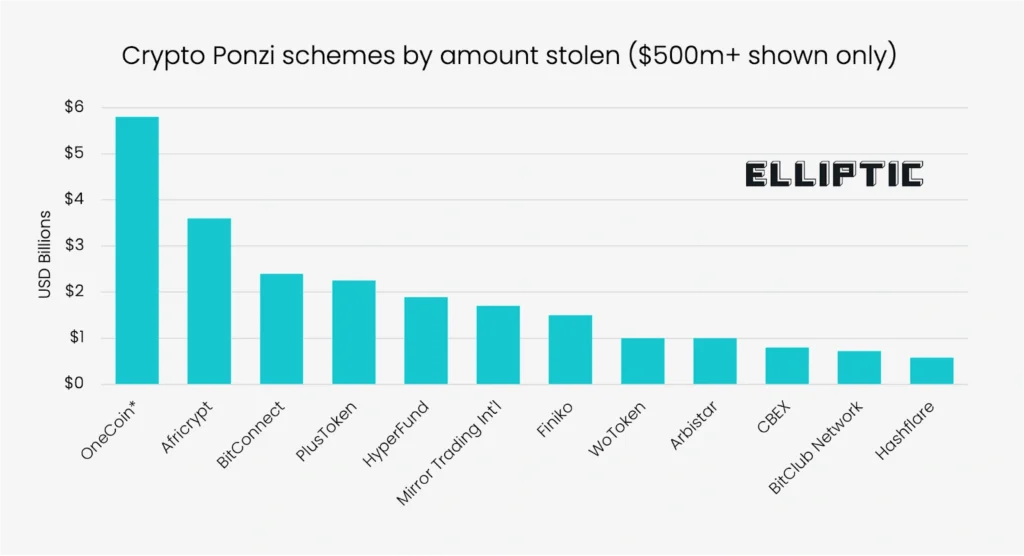
Credit from Elliptic
Cryptocurrency’s decentralized nature gives users financial autonomy, but it also shifts the burden of security onto the individual. In traditional banking, you can call your provider when something goes wrong. In crypto, a wrong transaction or a lost password could mean permanent loss.
According to Chainalysis 2024 Crime Report, crypto scammers stole over $1.7 billion globally last year, down from 2021 highs but still a significant risk. Most victims were first-time users who didn’t know what to look for.
That’s why the first step to buying cryptocurrency should not be a transaction—it should be education.
Choosing a Platform: Where You Buy Matters
The first and most important decision you’ll make is selecting where to buy your crypto. While hundreds of platforms exist globally, not all are created equal in terms of licensing, transparency, or technical safeguards.
Here’s a look at regulated platforms commonly used by beginners, especially in Asia-Pacific and North America:
| Exchange | Licensing Region | Regulatory Body | KYC Required | Notable Features |
|---|---|---|---|---|
| Coinbase | United States | FinCEN, SEC | Yes | Insurance-backed custody, easy UI |
| Luno | Malaysia, Singapore | Securities Commission (MY) | Yes | Supports local bank transfers |
| Gemini | US, UK, EU | NYDFS, FCA | Yes | SOC 2 compliance, hardware support |
| Kraken | US, Canada, EU | FinCEN, FINTRAC | Yes | Advanced security, staking options |
| Independent Reserve | Australia, NZ | AUSTRAC | Yes | Focused on compliance and transparency |
Make sure to check your country’s approved crypto exchange list. For example, Malaysia only allows trading through licensed digital asset exchanges such as Luno and MX Global.
Account Setup: The Identity Verification Step
Reputable exchanges follow KYC (Know Your Customer) and AML (Anti-Money Laundering) guidelines. You’ll be asked to verify your identity using an official ID, selfie verification, and sometimes a proof of address.
While some users may see this as a privacy invasion, it’s a legal safeguard that helps reduce fraud and money laundering. It’s also one of the strongest indicators that a platform is operating legitimately.
Once verified, you can link your local bank account or card to fund your crypto purchases.
Making Your First Purchase: Start with Stability
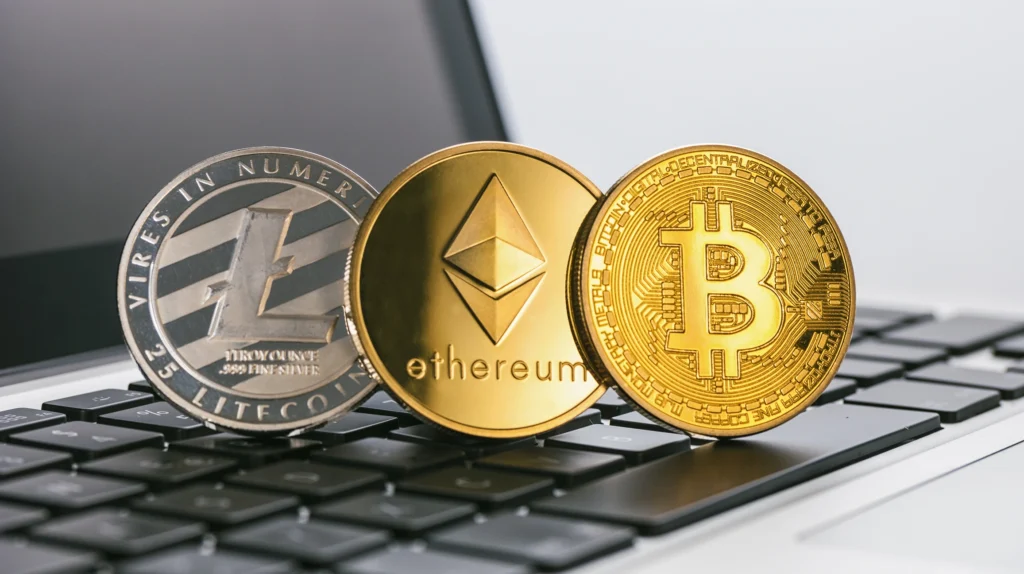
Credit from forex-steps.com
In 2025, the market offers far more options than just Bitcoin or Ethereum. But for a beginner, it’s still best to start with assets that have large market capitalizations and real-world use cases.
Popular beginner-friendly cryptocurrencies in 2025:
- Bitcoin (BTC): The most widely accepted crypto and considered a store of value.
- Ethereum (ETH): Powers most decentralized apps and smart contracts.
- USD Coin (USDC) and Tether (USDT): Stablecoins that maintain a 1:1 value with USD—useful for reducing volatility.
If you’re uncertain about price swings, consider starting with a stablecoin, then converting portions to other assets over time.
Most exchanges offer both instant buy options (simplified, but higher fees) and order-book trading (lower fees, more control). Beginners often start with instant buy for convenience.
Crypto Wallets: Choosing the Right Storage
Once you’ve purchased crypto, the next critical step is deciding where to store it.
Leaving your funds on an exchange can be convenient, but it’s not without risk. Exchanges are prime targets for cyberattacks. Many users adopt a hybrid approach: keeping small amounts on the exchange for trading and transferring the rest to a personal wallet.
Wallet Types and Their Best Use Cases:
| Wallet Type | Internet Access | Ideal For | Security Level | Examples |
|---|---|---|---|---|
| Hardware Wallet | No (cold wallet) | Long-term storage, large sums | Very High | Ledger Nano X, Trezor T |
| Mobile Wallet | Yes (hot wallet) | Everyday use, small amounts | Medium | Trust Wallet, Rainbow |
| Desktop Wallet | Yes (hot wallet) | On-chain transactions, DeFi | Medium-High | Electrum, Exodus |
| Exchange Wallet | Yes | Short-term holding | Low-Medium | Wallets hosted by Binance, etc. |
All wallets rely on a recovery phrase—typically 12 or 24 words. This phrase must be stored offline and never shared with anyone. Losing this phrase means losing access to your crypto permanently.
Recognizing and Avoiding Crypto Scams
Even after purchasing and storing crypto, you’re not immune to scams. Fraudsters use increasingly sophisticated techniques to trick users into handing over their assets.
Real-World Example:
In late 2023, multiple phishing websites impersonated MetaMask, tricking users into revealing their seed phrases through fake browser pop-ups. Victims lost their wallets within minutes.
How to protect yourself:
- Never click on crypto-related ads. Always type URLs manually.
- Ignore unsolicited DMs offering crypto tips or investment opportunities.
- Only download wallets and apps from official websites or verified app stores.
- Enable Two-Factor Authentication (2FA) on your accounts.
Scams often play on urgency. If you’re being pressured to act fast or send money immediately, that’s a red flag.
Payment and Withdrawal Methods: Stick to Safe Channels
The way you fund and withdraw from your crypto account also plays a role in overall safety.
Safer deposit options include:
- Direct bank transfers: Reliable and supported by regulated exchanges.
- FPX (in Malaysia): A secure method for online banking integration.
- Credit cards: Supported on some platforms but carry higher fees.
Avoid using peer-to-peer marketplaces unless you’re experienced. If you do, use platforms that hold funds in escrow until the transaction is confirmed.
Once you have profits or want to convert back to fiat, use the same secure method to withdraw—preferably a verified bank account.
What If You Make a Mistake?
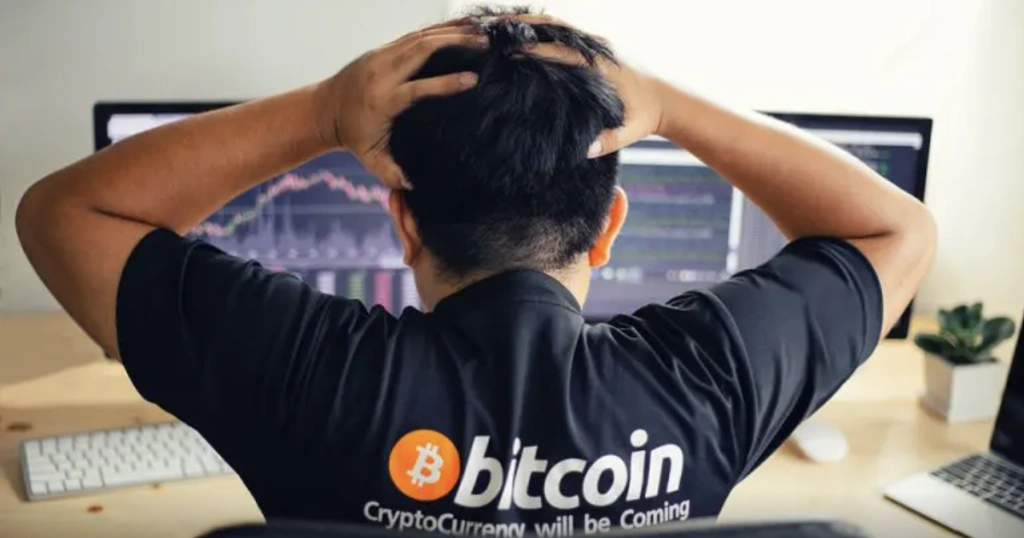
Credit from Vulcan Post
It’s not uncommon to make small errors when starting out—like sending funds to the wrong wallet address or choosing a higher-than-necessary transaction fee.
But here’s the hard truth: most blockchain transactions are irreversible.
If you’re unsure, do a test transfer first—send a small amount to confirm everything is working before transferring larger sums.
Additionally, keep records of all transactions, especially when converting back to fiat, for tax reporting or regulatory purposes in your jurisdiction.
Conclusion: Build Security into Every Step to Buy Cryptocurrency Safely
Cryptocurrency doesn’t have to be intimidating. But it does require caution and preparation. For every successful crypto investor, there’s someone who rushed in too quickly and paid the price.
By choosing regulated platforms, using secure wallets, verifying sources, and taking your time, you can buy cryptocurrency safely—and set a strong foundation for further exploration.
In 2025, the tools available to beginners have never been better. It’s no longer about having technical skills. It’s about being deliberate, informed, and security-minded.

